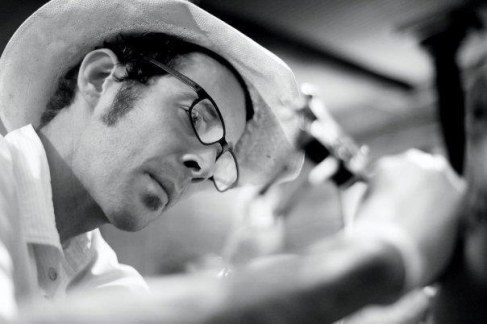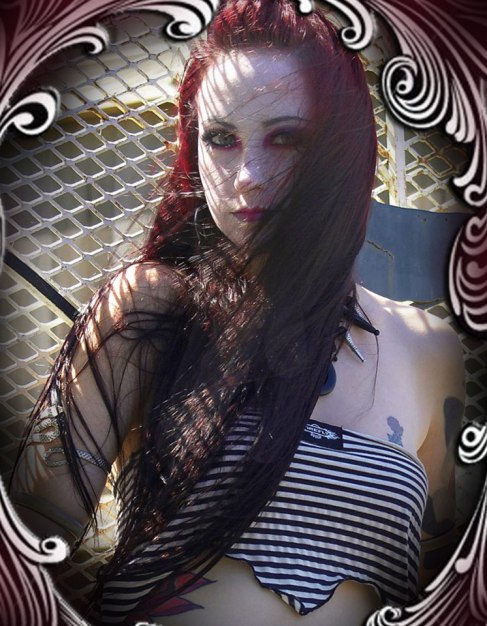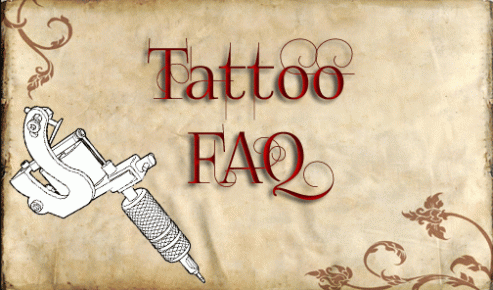The first step is to schedule a consultation with your artist to go over the design and ideas you have in mind. Your artist will help you come up with a design that works best for you and the location you’re planning on getting it done. Once you have gone over your ideas and location for the tattoo, your artist will schedule you an appointment to get the tattoo done.
Step 2: You’re appointment day. It’s important that you show up on time for your appointment. Artists stay busy and have alloted a certain time frame for your appointment. If you know you are going to be late or unable to make it, call your artist to reschedule your appointment as soon as possible. Once you arrive for your appointment you will be asked to fill out paperwork and present your ID to photocopy. (Your ID must be valid. If you do not have a State issued ID, you may use a passport or military ID). Please answer everything honestly, and DO NOT drink or use illegal drugs before or during your appointment.
Step 3: Set Up. During preparation for your tattoo, your artist will set up their station and create your stencil. All equiptment, materials and tattoo areas are sanitized and sterile. Your artist will shave the area with a disposable razor and apply the stencil. This usually takes 10-20 minutes to dry. Once the stencil is dry and machines are set up, your artist will begin the tattoo.
Step 4: The Tattoo Experience. Most, but not all, tattoos start off with the outline and then go on into color/shading. It is important to breathe slowly during this process and to make sure you eat before your appointment. If you need to take a break, tell your artist. And most importantly DO NOT move, squirm, or scream during your tattoo! If you are not able to be still during the process your artist will not be able to complete the tattoo.
Step 5: Completion. You have a brand new tattoo! Now what do you do? At the end of your tattoo, your artist will go over aftercare and will give you a take home sheet discribing how to treat your tattoo. Tattoos are an abrasion to the skin, it is important to follow through the aftercare to prevent any infections and for a better outcome. (See also aftercare)
Step 6: Clean Up. Once your tattoo session is completed your artist will dispose all needles in a sharps container, discard all disposable products used on your tattoo, sterilize equiptment and sanatize the area.
Step 7: Follow Up. Most tattoos take at least 2 weeks to heal. Once your tattoo is fully healed, let your artist know how it looks or stop by the shop to show him/her.


